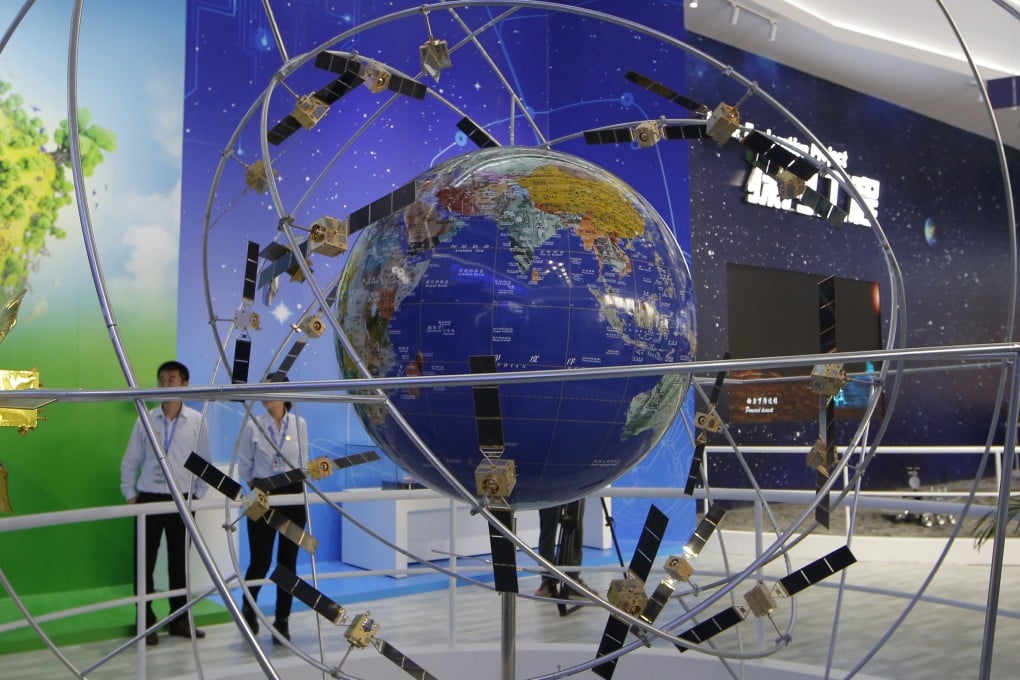Chinese scientists create landmark spotting navigation system for drones that could rival GPS
- Networks like Beidou could face challenge from system that fixes on ground features
- Drones could learn to ‘cherry-pick’ video images and work out their own flight paths

Scientists and engineers in southern China say they have developed technology that will allow drones to navigate accurately without satellite guidance.
Most unmanned aerial vehicles (UAVs) rely on systems such as China’s BeiDou or America’s GPS to find their way around, but signals can be jammed or weakened.
Military drones can be equipped with terrain-contour matching software and guidance systems such as gyroscopes to watch their speed and direction and use that information to work out their position from point of take-off.
But these systems are too bulky, complex and expensive for commercial drones. At the Shenzhen Institutes of Advanced Technology in Guangdong province, Professor Zhou Yimin and her colleagues think they have a simple solution to a weighty problem.
They developed software that can fix an object on the ground, such as a tree, from a series of images taken by a video camera aboard the drone. The data is combined with the readings from the UAV’s movement sensors and a flight path coordinated.